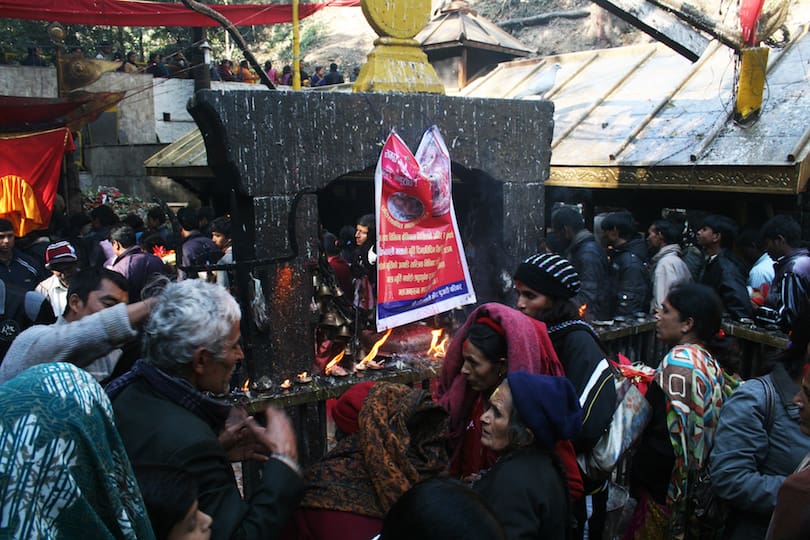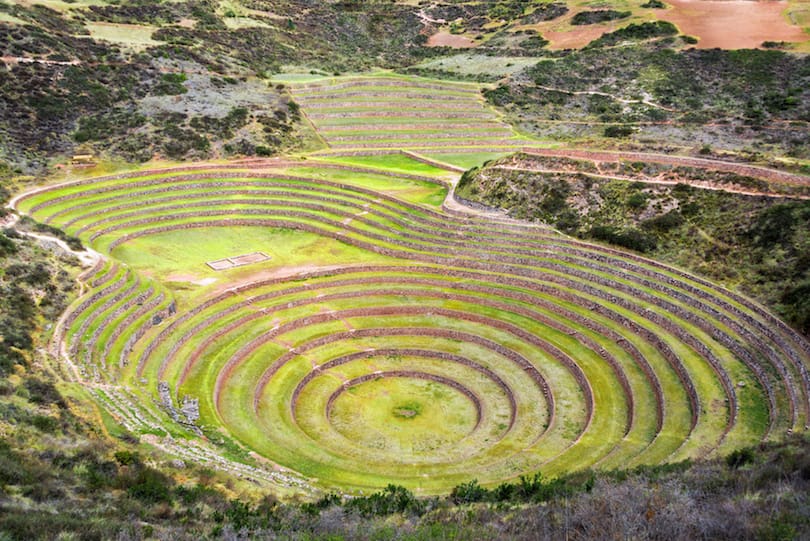If you are planning a trip to Germany, make sure to explore beyond the bustling cities and immerse yourself in the charm and beauty of the small towns. From quaint medieval villages to picturesque riverside towns, Germany is home to some of the most scenic small towns in Europe. In this article, we have compiled a list of 14 small towns that offer stunning natural beauty, rich history, and unique cultural experiences.
1. Rothenburg ob der Tauber
Located in the heart of Franconia, Rothenburg ob der Tauber is a beautiful medieval town with well-preserved city walls, half-timbered houses, and cobblestone streets. The town’s iconic landmark is the St. Jacob’s Church, a 14th-century Gothic church with a beautiful altarpiece. Rothenburg is also famous for its Christmas markets, which attract visitors from all over the world.
2. Quedlinburg
Quedlinburg is a UNESCO World Heritage Site that boasts more than 1300 half-timbered houses, making it one of the best-preserved medieval towns in Europe. The town’s most famous attraction is the Castle Hill, which offers panoramic views of the town and the surrounding countryside. Quedlinburg is also known for its traditional handicrafts, such as pottery, glassblowing, and blacksmithing.
3. Cochem
Located on the banks of the Moselle River, Cochem is a charming town with a rich history that dates back to the Roman era. The town is dominated by the Reichsburg Cochem, a stunning castle that was built in the 12th century. Cochem is also famous for its vineyards and wine festivals, which offer visitors a chance to taste the local Riesling wines.
4. Monschau
Monschau is a picturesque town located in the Eifel Mountains, close to the Belgian border. The town is famous for its half-timbered houses, narrow streets, and the Rur River, which flows through the town center. Monschau is also known for its Christmas market, which takes place in the town square and offers traditional crafts and food.
5. Bamberg
Bamberg is a UNESCO World Heritage Site that boasts a stunning collection of medieval and baroque architecture. The town’s most famous attraction is the Old Town Hall, which sits on an artificial island in the middle of the Regnitz River. Bamberg is also famous for its beer, which is brewed in traditional breweries that date back to the 11th century.
6. Rüdesheim am Rhein
Located in the scenic Rhine Valley, Rüdesheim am Rhein is a charming town that offers stunning views of the river and the surrounding vineyards. The town is famous for its wine, especially the Riesling wines that are produced in the nearby vineyards. Rüdesheim is also known for its traditional taverns, where visitors can enjoy the local cuisine and wines while listening to live music.
7. Görlitz
Görlitz is a historic town located in eastern Germany, near the Polish border. The town is known for its beautiful Renaissance and Baroque architecture, which has been used as a backdrop for many movies, including “The Grand Budapest Hotel” and “Inglourious Basterds.” Görlitz is also famous for its Christmas markets, which offer visitors a chance to taste traditional Silesian dishes and shop for handmade crafts.
8. Baden-Baden
Baden-Baden is a spa town located in southwestern Germany, known for its hot springs and luxurious spas. The town is also famous for its beautiful parks and gardens, such as the Lichtentaler Allee, a scenic park with over 350 varieties of trees and plants. Baden-Baden is also known for its cultural events, such as the annual Baden-Baden Summer Nights Festival, which features classical music concerts and operas.
9. Bacharach
Bacharach is a charming town located in the Middle Rhine Valley, known for its picturesque half-timbered houses and castle ruins. The town is also famous for its vineyards, which produce some of the best Riesling wines in Germany. Visitors can take a boat tour of the Rhine River and admire the stunning scenery of the surrounding hills and vineyards.
10. Oberammergau
Oberammergau is a quaint town located in the Bavarian Alps, known for its traditional woodcarving and painting. The town is famous for its Passion Play, which takes place once every 10 years and tells the story of Jesus Christ’s life and death. Oberammergau is also known for its beautiful frescoes and murals that adorn the facades of the houses in the town center.
11. Meersburg
Meersburg is a charming town located on the shores of Lake Constance, known for its well-preserved medieval castle and historic old town. The town is also famous for its vineyards, which produce some of the best wines in the region. Visitors can take a boat tour of the lake and admire the stunning views of the Swiss Alps in the distance.
12. Wernigerode
Wernigerode is a picturesque town located in the Harz Mountains, known for its colorful half-timbered houses and the Wernigerode Castle, a stunning medieval castle that offers panoramic views of the town and the surrounding countryside. The town is also famous for its narrow-gauge steam railway, the Harz Mountain Railway, which offers visitors a scenic ride through the mountains.
13. Lindau
Lindau is a charming town located on an island in Lake Constance, known for its well-preserved medieval old town and the Lindau Lighthouse, a historic landmark that offers stunning views of the lake and the Alps. The town is also famous for its harbor, which is one of the most important ports on Lake Constance, and its annual Lindau Nobel Laureate Meetings, which bring together some of the world’s most distinguished scientists and scholars.
14. Schiltach
Schiltach is a small town located in the Black Forest, known for its half-timbered houses and the Schiltach Waterfall, a natural wonder that cascades down a series of rock formations. The town is also famous for its traditional crafts, such as pottery and glassblowing, and its annual Schiltacher Kirschtorte Festival, which celebrates the local cherry cake.
Conclusion
Germany is a country full of surprises and hidden gems, and these 14 small towns are just a few examples of the stunning beauty that can be found throughout the country. Each town has its own unique charm and attractions, from historic castles and half-timbered houses to scenic parks and waterfalls. Whether you’re interested in culture, history, or nature, these small towns have something to offer everyone.
So next time you plan a trip to Germany, be sure to venture beyond the big cities and explore the scenic small towns that dot the countryside. You’ll be rewarded with unforgettable experiences and memories that will last a lifetime.
FAQs
- What is the best time to visit these small towns in Germany?
The best time to visit these small towns depends on your preferences. Summer is a popular time for tourism, but some towns can get crowded. Spring and fall offer pleasant weather and fewer crowds, while winter is a good time to visit if you want to experience Christmas markets and winter sports.
- How can I get around these small towns?
Most of these small towns can be easily explored on foot. However, you may also want to rent a bike or take a boat tour to see the surrounding areas.
- Are these small towns family-friendly?
Yes, these small towns are great for families. Many offer outdoor activities, such as hiking and biking, as well as cultural attractions and events that children will enjoy.
- Can I find accommodations in these small towns?
Yes, most of these small towns have a range of accommodations, including hotels, guesthouses, and vacation rentals. It’s a good idea to book in advance, especially during peak tourist season.
- Are these small towns expensive to visit?
It depends on your budget and travel style. Some of these small towns can be expensive, especially if you stay in luxury accommodations or dine at high-end restaurants. However, there are also plenty of affordable options, such as budget hotels and local cafes.











Your style is unique in comparison to other
people I have read stuff from. I appreciate you for posting when you’ve
got the opportunity, Guess I will just bookmark this web
site.
Do you have a spam issue on this blog; I also am a blogger,
and I was wondering your situation; many of us have developed some nice procedures and we are
looking to swap solutions with others, why not shoot me an e-mail if interested.
Excellent beat ! I wish to apprentice at the same time as you amend
your site, how can i subscribe for a weblog web site? The account helped me a applicable deal.
I have been a little bit acquainted of this your broadcast
offered vibrant clear concept
Do you have a spam problem on this blog; I also am a blogger, and I was wanting to know your situation; we
have created some nice methods and we are looking to trade
methods with others, be sure to shoot me an e-mail if interested.